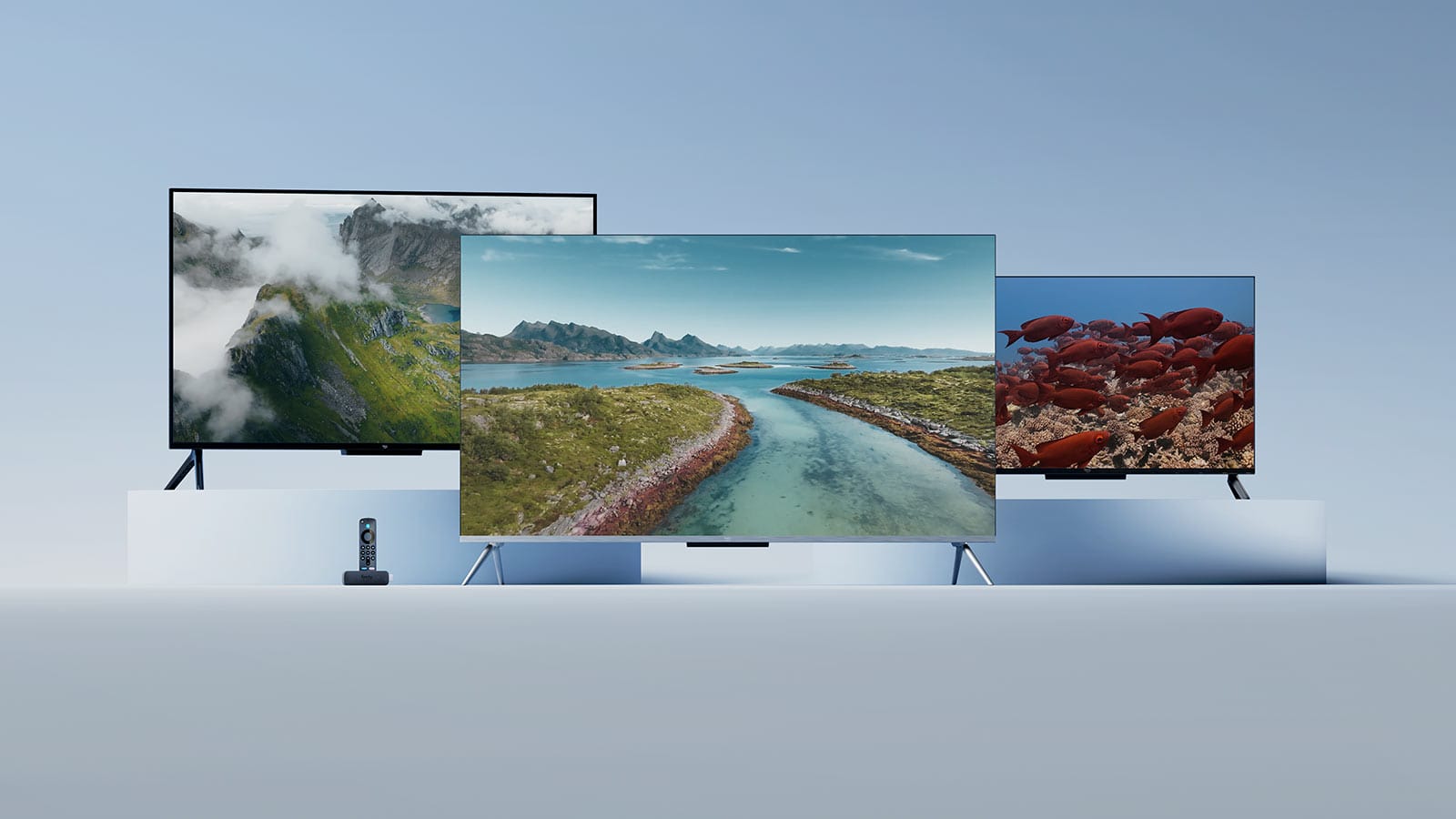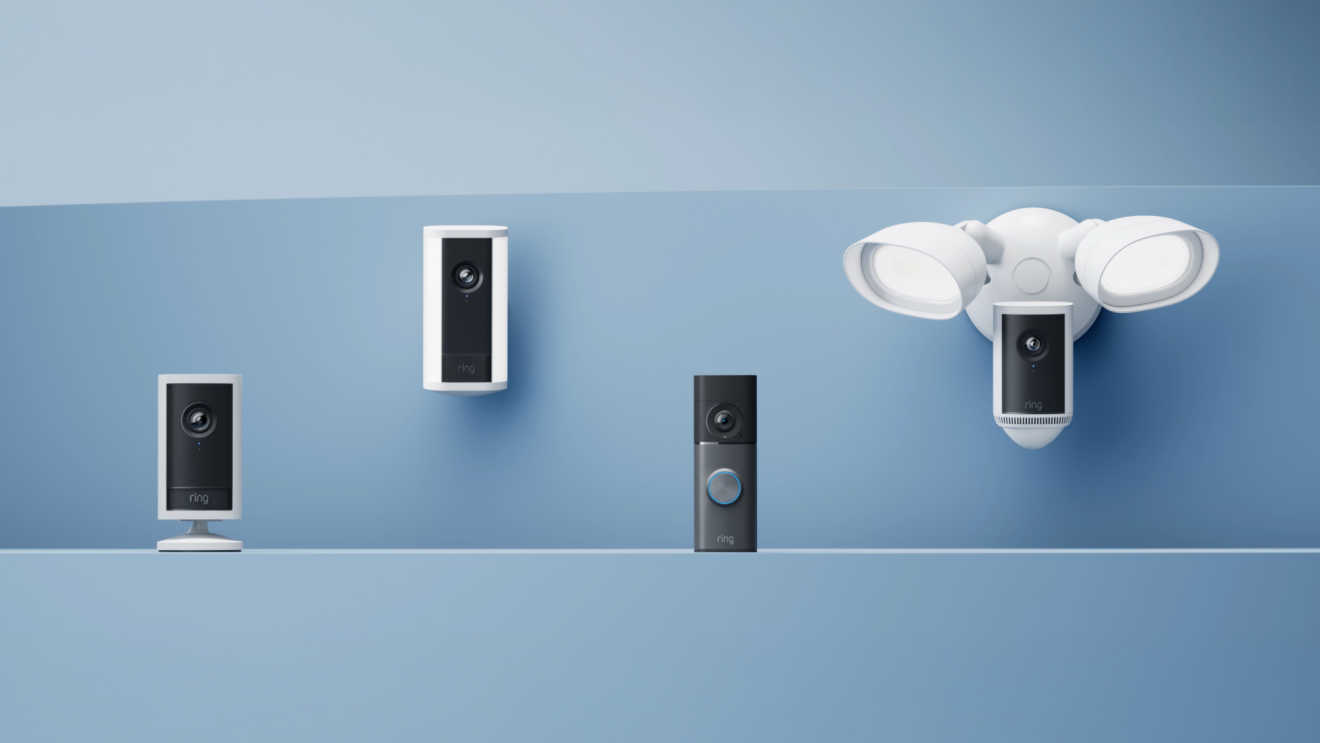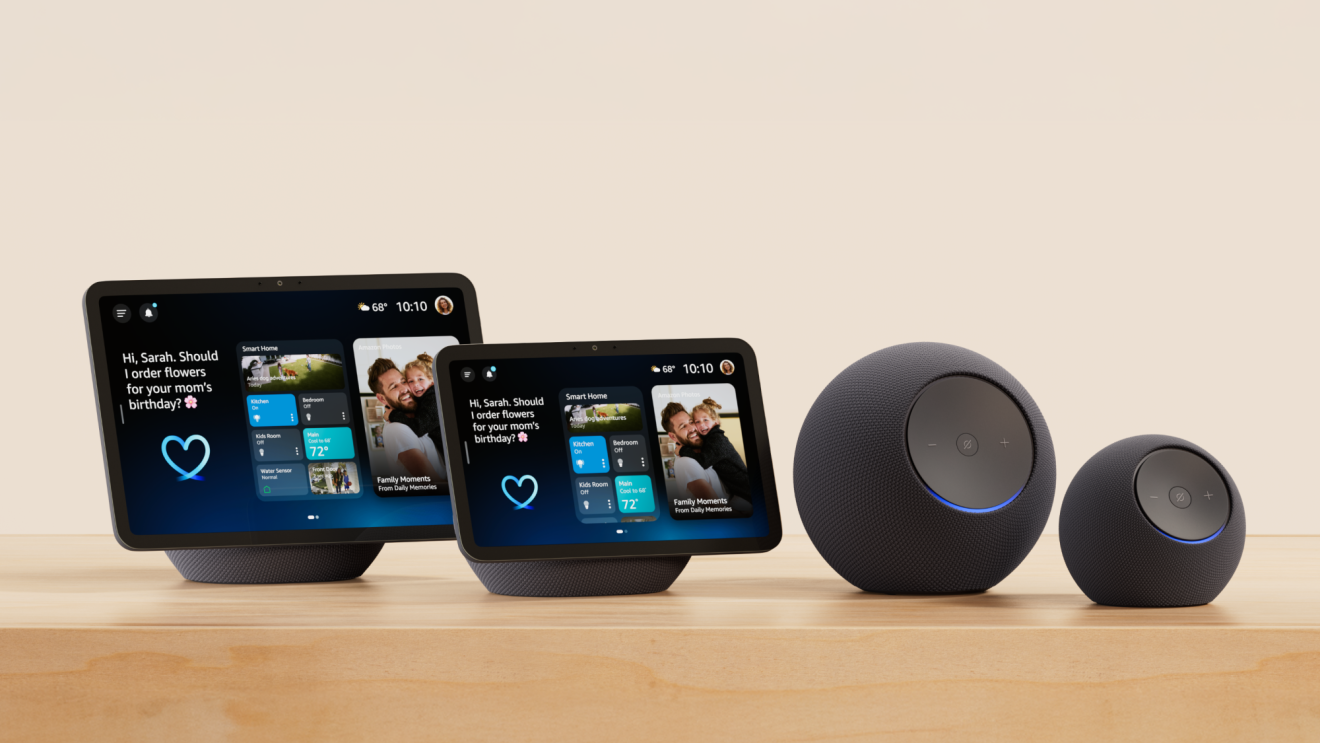Amazon's September 30 hardware event delivered exactly what the smart home industry needed: AI-powered upgrades across the board and a clear vision for connected living in 2025. Held in New York City, the showcase marked the first major product launch under Panos Panay, who joined Amazon from Microsoft in 2023 to lead its Devices and Services division. The event wasn't just about flashy gadgets—it signaled Amazon's commitment to making artificial intelligence an everyday utility, not a luxury add-on.
Alexa+ Takes Center Stage
Every device announced comes equipped with Alexa+, Amazon's AI-enhanced assistant powered by large language models. The subscription service, priced at $19.99 monthly for non-Prime members, transforms how users interact with their smart home ecosystem. According to CEO Andy Jassy, who promised "beautiful new hardware" earlier this year, the integration marks a turning point for voice-controlled technology. Alexa+ doesn't just execute commands—it understands context, remembers previous conversations, and handles complex multi-step requests without constant prompting.

Echo Hardware Gets a Refresh
Amazon introduced the Echo Dot Max, a redesigned Echo Studio, and updated Echo Show 8 and 11 models—all featuring upgraded processors built specifically for AI workloads. The standout feature? Alexa Home Theater, which lets users connect up to five Echo Dot Max or Echo Studio speakers to create surround sound setups with automatic audio balancing. This represents the first major Echo refresh since 2020, addressing years of incremental updates that left the core lineup feeling stagnant.

Fire TV and Kindle Innovations
The Fire TV lineup received the Vega OS operating system, replacing Android as the platform's foundation. The new 2-Series, 4-Series, and Omni QLED televisions include Omnisense technology—sensors that detect when someone enters or exits a room, automatically powering the display on or off while adjusting color temperature based on ambient lighting. For readers, the Kindle Scribe Colorsoft delivers enhanced color rendering with reduced writing latency, plus productivity integrations with Google Drive and Microsoft OneDrive.

Ring and Blink Security Upgrades
Amazon's home security brands received notable AI-driven enhancements. Ring cameras now feature Retinal Vision, which analyzes video footage over two weeks to automatically optimize image processing for each installation. The new Alexa+ Greetings function asks visitors to identify themselves, responding with context-appropriate messages. Meanwhile, Blink launched the Outdoor 2K+ with year-long battery life and the Arc dual-camera system, which uses AI stitching to create seamless wide-angle views.

What This Means for Consumers
Amazon's hardware strategy reveals a company betting heavily on AI integration as the next competitive differentiator in smart home technology. By bundling Alexa+ across its entire ecosystem—from cameras to speakers to televisions—Amazon positions itself as the only platform offering unified AI experiences without requiring third-party apps or services. Panay's influence is evident in the design-forward approach and ecosystem thinking, mirroring strategies he employed during his tenure leading Microsoft's Surface division.
The September 2025 event sets the stage for Amazon's holiday season push while establishing expectations for connected living in 2026. Whether these products deliver on their AI promises will determine if Amazon maintains its smart home market dominance or opens the door for competitors like Google and Apple to close the gap.




Discussion